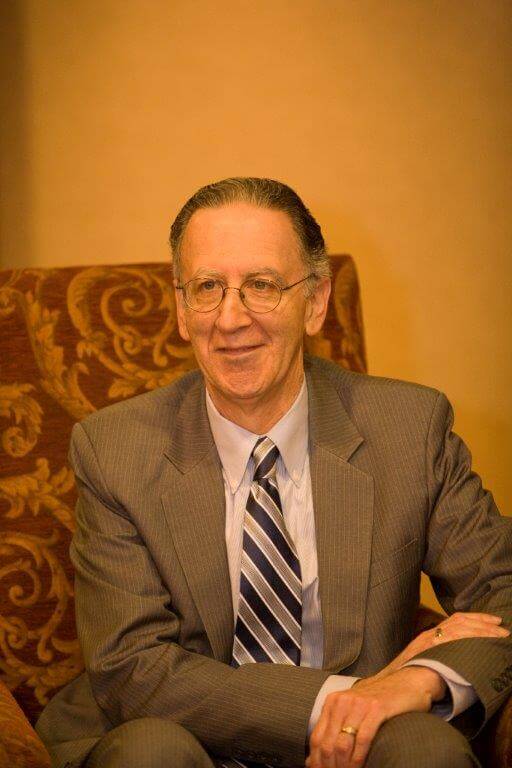Government Recruitment and Retention Challenges

Neil Reichenberg is the former executive director of the International Public Management Association for Human Resources (IPMA-HR). He worked for IPMA-HR, for almost four decades until his retirement in June 2020. He is an adjunct instructor at George Mason University teaching a graduate public human resource management class, writes a twice monthly public policy/legal column for the Human Resource Certification Institute, and speaks on human resource issues.
Employers across sectors are facing the dual challenges of how to recruit and retain employees. According to the Bureau of Labor Statistics (BLS), there have been multiple consecutive months with over 4 million workers leaving their jobs, which reached a peak in March of this year when 4.5 million workers quit. BLS estimates that there are 11.3 million open jobs – or about 2 openings for every American looking for work. As of May, of this year, there are over 1 million government job openings with over 200,000 government employees leaving their jobs on average each month.
The MissionSquare Research Institute, formerly the Center for State and Local Government Excellence has conducted surveys of state and local government employees during the pandemic to determine its impact on public sector employment. The most recent survey, which was conducted in November/December 2021 found that 52% of survey respondents were considering leaving their jobs voluntarily due to COVID-19 either to change jobs, retire, and/or leave the workforce entirely.
Multiple surveys have found that workers want flexibility and favor hybrid work where they work both on-site and remotely during the week. According to Gallup, 70% of surveyed workers favor hybrid work. The global consulting firm Gartner noted that the pandemic has led to the hybrid revolution, which it refers to as the biggest experiment in the history of work. While the trend towards hybrid work is increasing, the public sector does not seem to be embracing this trend as widely as other sectors. The MissionSquare Research Institute found that the number of state and local government employees required to report for in-person work in November/December had increased to 70% as compared to only 26% in May 2020. It is recognized that the public sector has numerous positions that require in-person work, but there are positions that would lend themselves to hybrid or remote work options.
Public and private sector employers have been taking different approaches concerning return to the workplace. In the private sector, PwC announced it will be investing $2.4 billion over the next three years on an initiative it is calling My+. Based on employee feedback, PwC concluded that its people wanted “more flexibility and choice when it comes to where, when and how they work, as well as enhanced benefits and development opportunities.” As part of this initiative, its 40,000 client service professionals will have the option to work virtually from anywhere, even internationally. They also are increasing their flexibility options to include reduced schedules and 20% paid leaves of absence. Additionally, they will have two shutdowns a year, in July and December. They are also making changes to their benefits offerings and providing enhanced development opportunities. The goal is to “create a culture…helping us to attract and retain the best people in the market.”


Public and private sector employers have been taking different approaches concerning return to the workplace.
NEIL REICHENBERG
Hennepin County, MN has adopted a hybrid work policy allowing eligible employees to work either fully remotely or a hybrid schedule. The county conducted an employee survey that found, “Overall, remote and hybrid workers were grateful for the opportunity to work remotely during the pandemic. Most found more benefits to working remotely, despite navigating some challenges, and indicated a desire to continue working remotely or hybrid in the future.” The county is focused on the increased use of technology in delivering services and noted that the reduced number of employees commuting could have a positive impact on the environment.
In contrast to PwC and Hennepin County, the Commonwealth of Virginia announced that effective July 5, 2022, Virginia state employees will return to the physical workplace. While acknowledging that telework may be an option for certain positions, the policy notes that the “strongest teams are best cultivated, and learning is most enhanced in an in-person setting.” All existing telework agreements needed to be replaced with a new revised agreement that requires approval from the agency head where one day a week of telework is requested or temporary telework of up to two weeks are requested, the cabinet secretary where two days a week of telework is requested and the governor’s chief of staff where more than two days a week are requested as telework days.
Only time will tell whether employers like PwC and Hennepin County who embrace hybrid/remote work will see enhanced retention and better recruitment because of the increased flexibility they are providing or what the impact will be for employers like the Commonwealth of Virginia that are more restrictive in allowing hybrid work.
Want new articles before they get published? Subscribe to our Awesome Newsletter.

CAREER ADVICE

GOV TALK




